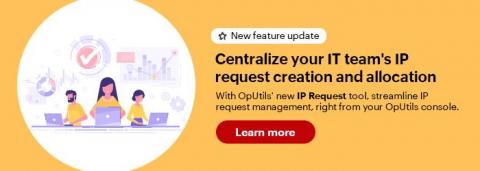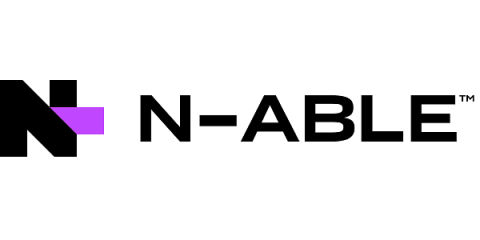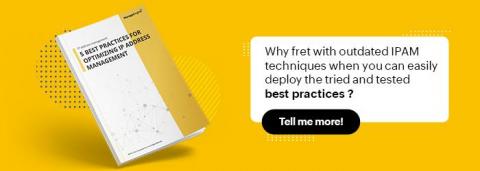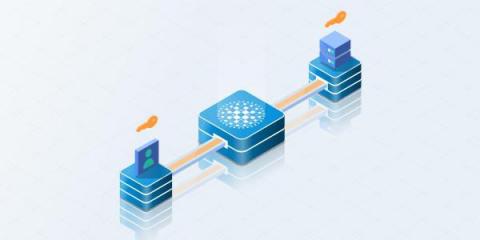Operations | Monitoring | ITSM | DevOps | Cloud
Latest News
How To Become a Network Administrator: Role, Skills, and Responsibilities
Networking Automation Software: Pros & Cons
Wireshark: an Open-Source Packet Capture Tool
Tame the Internet with DX NetOps 22.2 Network Monitoring Software
DX NetOps 22.2 optimizes network operations with industry-leading visibility, scale and modern network coverage beyond the network edge to quickly and easily isolate end-user experience impact of network performance issues. Recent research revealed that 67% of companies cite internet and cloud network paths as monitoring blind spots. Furthermore, 71% of companies say that adoption of new network technologies is delayed by inadequate network monitoring software.
RESOLVE '22: The SOC and the NOC
In our RESOLVE ’22 event The SOC and the NOC, moderator and 3 Tree Tech VP of Cybersecurity Kris Taylor welcomed two esteemed guests to the stage: As Kris noted at the top of the event, we brought our panelists together to talk about “the culture of the network operating center (NOC) and security operations center (SOC).” Along the way, they discussed different philosophical and practical takes on the high-level topics of networking and security.
Introducing OpUtils' IP Request tool
Are multiple IT operators accessing, utilizing, or managing your network address space? If so, then you might have noticed that one of the time-consuming network management tasks you are undertaking regularly, is allocating IP addresses to the IT operators. This is an inevitable task since, as your network scales with new physical components or technology implementations, your operators require new IPs to enable network connectivity.
N-able Launches Cloud User Hub to Help Partners Tame the Microsoft Cloud
5 best practices for optimizing IP address management
Ever discovered an IP issue only after an end user reported it? If yes, you are not alone! Many network admins without a proactive monitoring solution in place have to constantly deal with recurring IP issues such as IP conflicts and subnet overutilization. As simple as it sounds, IP address management can be a tricky endeavor without the right strategy and management tools. Managing hundreds of IPs across multiple subnets and supernets can be tedious.
Restrict API Access with Client Certificates (mTLS)
An application programming interface (API) provides access to the features of a business application, but with the visual elements stripped away. By using APIs, devices like tablets, self-service kiosks, point-of-sale terminals, and robotic sensors can connect up to apps running on servers in a datacenter or in the cloud. Because they give access to the heart of your business applications, it should come as no surprise that there are some APIs that the general public should not have access to.










